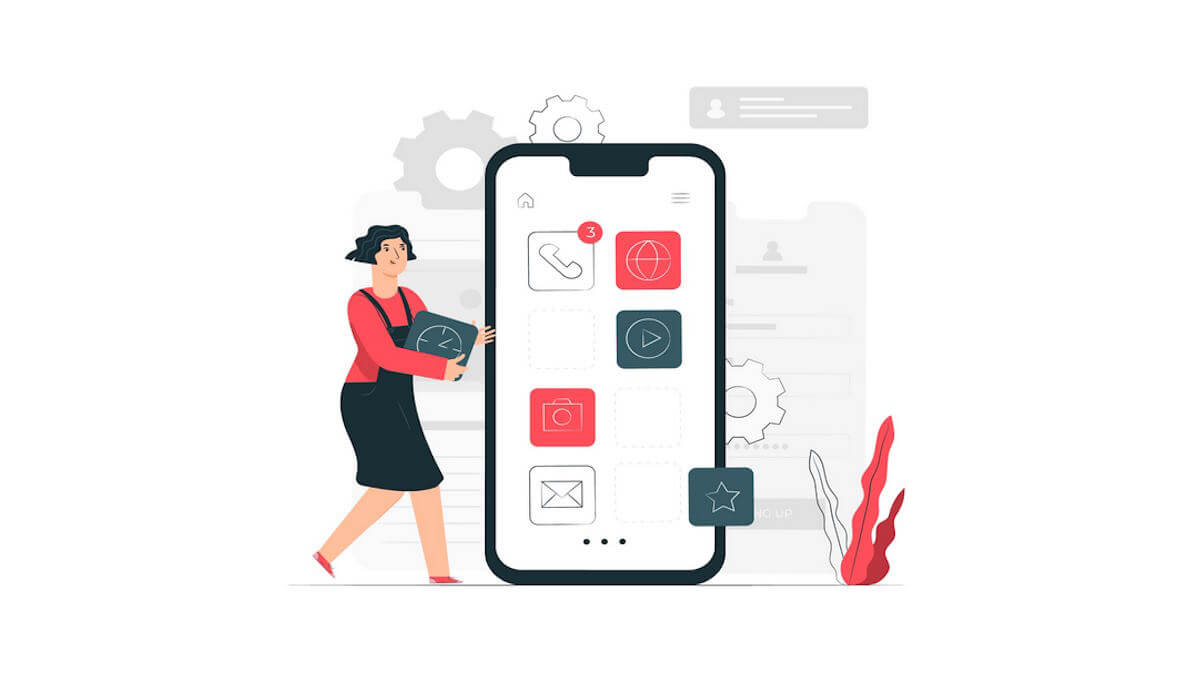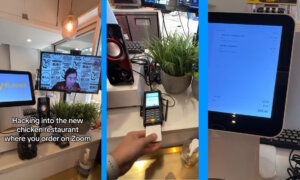In this digital world, mobile apps have become an integral part of our everyday lives. From ordering food and staying in shape to keeping up with friends and managing our finances, these convenient tools seem to cater to every need imaginable.
The mobile app industry has experienced rapid growth and continuous evolution. If you have an exciting idea for an app or dream of becoming a mobile app developer, this article is for you.
We’ll do a step-by-step guide to taking your app idea and transforming it into a successful reality. It covers everything from the initial spark of inspiration to the exciting launch day.
Whether you possess extensive development experience or are new to the realm of app creation, this guide has some insights and knowledge to turn your vision into a tangible reality.
Types of Mobile Apps
Based on the technology used to code them, mobile apps can be divided into three types:
- Native Apps:
Native apps are mobile applications that are specifically designed and coded for a particular operating system, like iOS for Apple devices or Android for Android devices.
Native apps offer superior performance and user experience due to their optimization for specific platforms. These apps are built using programming languages such as Java, Kotlin, Python, Swift, Objective-C, C++, and React.
To put it simply, native apps are like custom-made outfits for your smartphone. They’re designed to perfectly fit and perform at their best on your specific device.
- Web Apps:
Web apps are essentially websites designed to function effectively on mobile devices. You don’t need to download web applications from app stores like traditional applications. Instead, you can easily access them through your web browser.
Web apps are developed using web technologies like HTML, CSS, and JavaScript – the same tools used for creating regular websites. In essence, they provide app-like functionality without requiring installation on your phone.
- Hybrid Apps:
Hybrid apps are a combination of native apps and web apps. They are created using web technologies like HTML, CSS, and JavaScript but are packaged within a native app shell. This allows users to download them from app stores, similar to native apps.
How to Build a Successful Mobile App?
Here’s the step-by-step guide to build a successful mobile app:
- Start with Market Research
The first thing you should do when creating a successful mobile app is to do some homework on your potential users and what they truly want. Take the time to understand who your target audience is and what they truly need and prefer. Additionally, you should explore current market trends and identify common problems people attempt to solve through apps. By engaging in meaningful market research, you can ensure that your app addresses genuine issues or fulfills specific demands.
- Analyze Competitors
Consider it this way: before participating in a race, you would want to understand your competition, correct? The same principle applies to app development. It is essential to examine existing apps in the market, assessing their strengths and weaknesses. This analysis allows you to differentiate your app and learn from others’ achievements and failures. Additionally, it helps to understand user preferences so you can enhance your app accordingly, ensuring a better user experience.
- Product Discovery
When developing a mobile app, the third step is to define your app’s purpose clearly. This involves planning your initial idea and identifying what sets your app apart from others. It’s all about answering the question: “What makes someone want to use your app?”
In simpler terms, product discovery focuses on determining the purpose of your app.
- Decide on the Features: What Your App Will Do
After conducting thorough research and product exploration, the next step is to carefully select the key functionalities and features of your app. It’s crucial to prioritize features that align with your app’s primary objectives, cater to user needs, and are in high demand within the market.
- Choose Platform
When developing your app, one important choice to consider is whether you want it to be exclusive to Apple devices (iOS) and Android devices or available on both platforms using a cross-platform solution.
Each platform has its own pros and cons, so it’s crucial to carefully evaluate factors like your target audience, budget, available resources, and skills before making the right platform decision for your app.
- Design and Development
After determining your app’s purpose and target audience, it is time to begin the development process. This begins with creating wireframes and prototypes to visualize how the app will appear and function. From there, you can start building the actual app by writing code and following industry best practices. This transformative phase is where your initial idea converts into a tangible product.
- Test your App
Testing your app is essential to ensuring its success. It allows you to identify and resolve any issues, such as errors or glitches, that may impede its functionality. To thoroughly test your app, it is essential to conduct various types of testing, including checking if all the features work correctly (functional testing), assessing its ease of use (usability testing), ensuring smooth performance (performance testing), and hiring a skilled Django developer who can assist in addressing any issues or bugs discovered during the testing process promptly, thus providing users with an optimal experience.
- Deployment
Once you have completed thorough testing and improved your app, it is time to release it to the public. This process is called deployment. You can make your app available on popular platforms like the Apple App Store and Google Play Store.
To publish your app on these app stores, it is essential to adhere to their rules and guidelines. It means ensuring that your app meets all the necessary requirements for listing and effectively reaching users. The deployment process plays a crucial role in making sure that your app reaches the hands of potential users.
- Maintenance
Maintaining a mobile app is akin to regular maintenance for a car. Similar to how a vehicle requires periodic check-ups and repairs, an app also requires ongoing attention and improvements after its launch. Post-launch services are necessary because issues can arise or areas for enhancement may become apparent over time.
A key aspect of maintaining the quality and competitiveness of your app is actively listening to your users. When they provide feedback or identify issues, it’s crucial to address their concerns and incorporate their suggestions for improvement. It ensures that your app remains effective, meets user’s needs, and stays ahead in the market.
To wrap up, in this article we discussed the important steps to developing mobile applications, from market research to final deployment. However, it’s important to recognize that app development is an ongoing process.
To attract and keep users, consistent improvement based on their feedback is crucial.
For those new to this process, it may seem lengthy and challenging initially. Fortunately, there are specialized companies like SCSS Consulting that can guide you through every process and help your business grow.
Article contributed by Sujan Rai.
About the author: Sujan is an experienced SEO Specialist and Content Editor at SCSS Consulting, with a passion for optimizing online content and maximizing digital visibility.
Follow TechTheLead on Google News to get the news first.

















